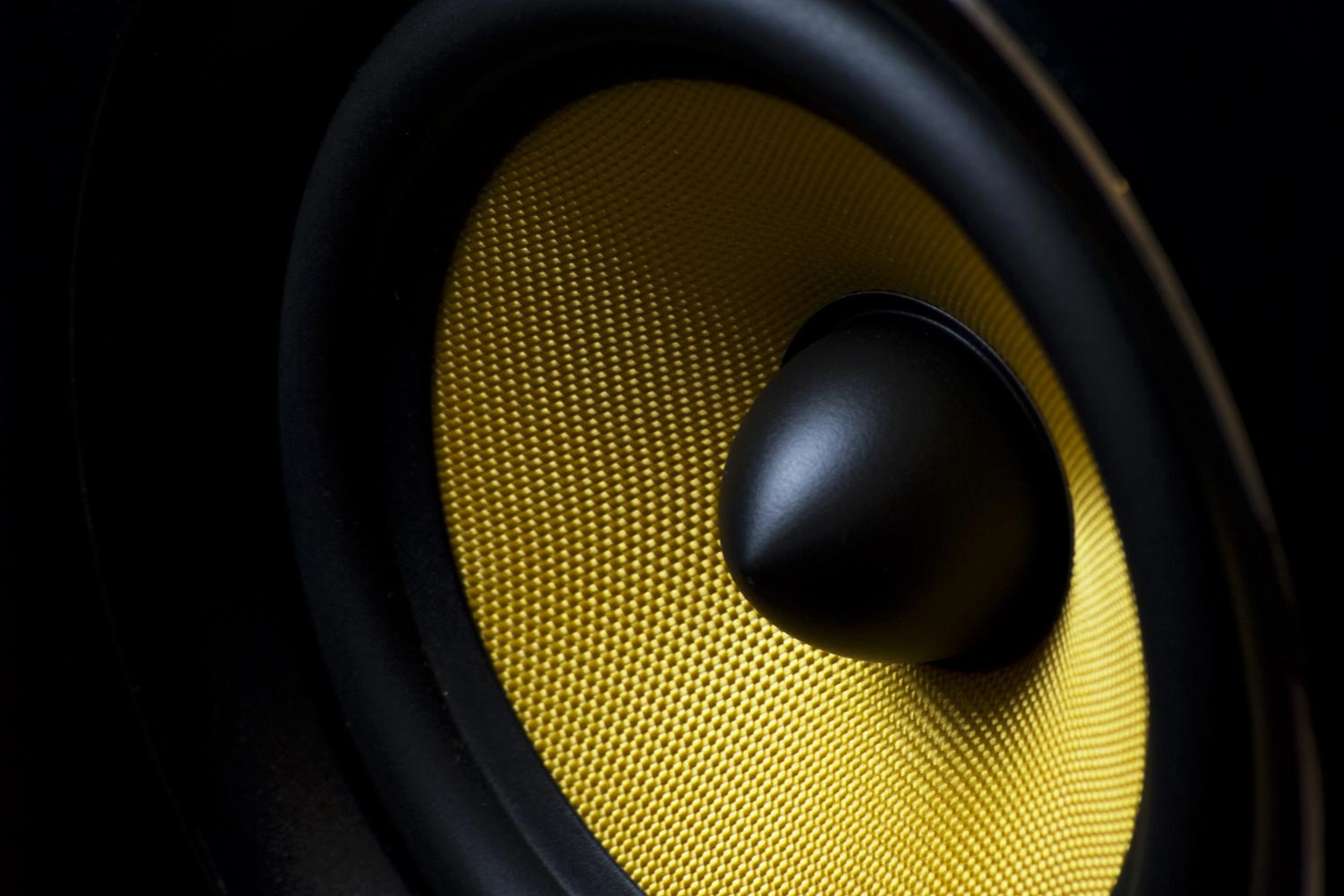i never see graphs for dacs, why isn't it done like it is systematically done for headphones and iems ?
here are 2 graphs of my iem (letshuoer s12) playing pink noise from 2 different dacs :
* ifi hip2 (burr-brown) - smooth warm

* moondrop dawn 4.4 {Non-oversampling filter mode} (cs43131) - energetic bright

they sound different and graphs indeed looks different (notice the +6db@50hz on hip2 vs dawn 4.4)
is there something i am doing wrong and dacs cannot/should not be graphed ?
here are 2 graphs of my iem (letshuoer s12) playing pink noise from 2 different dacs :
* ifi hip2 (burr-brown) - smooth warm
* moondrop dawn 4.4 {Non-oversampling filter mode} (cs43131) - energetic bright
they sound different and graphs indeed looks different (notice the +6db@50hz on hip2 vs dawn 4.4)
is there something i am doing wrong and dacs cannot/should not be graphed ?
Last edited:

